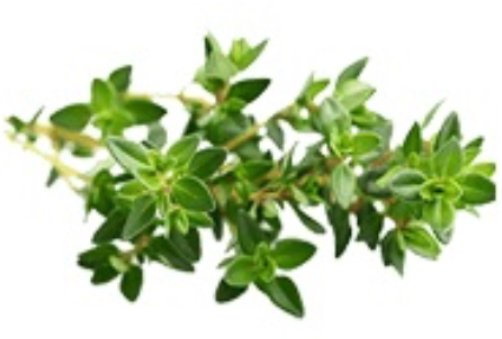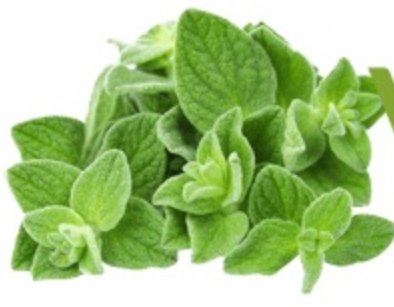What is the difference in wild Zaatar, Oregano, and Thyme?


Wild za’atar, oregano, and thyme are closely related herbs, but they have distinct characteristics in flavor, botanical classification, and culinary uses. Here’s a breakdown of their differences:
1. Wild Za’atar
- Botanical Name: Origanum syriacum (in some regions), but “za’atar” can refer to a blend of herbs, usually including thyme, oregano, sumac, and sesame seeds.
- Flavor: Earthy, slightly pungent, and with a citrusy note from sumac when used in spice mixes. The herb itself is similar to oregano but more aromatic and slightly milder.
- Use: Popular in Middle Eastern cuisine, especially in a spice blend used on flatbreads, meats, or in dips. In Lebanon, Jordan, and Israel, wild za’atar refers to a specific wild herb similar to oregano but with a more complex flavor.
- Appearance: Similar to oregano, with small leaves that may have a slightly silvery tinge.
2. Oregano
- Botanical Name: Origanum vulgare (common oregano).
- Flavor: Bold, slightly bitter, and peppery, with a robust earthy profile. It’s stronger than thyme and za’atar.
- Use: Common in Mediterranean cuisine, particularly in Italian and Greek dishes. Often used in pasta sauces, pizzas, grilled meats, and salad dressings.
- Appearance: Small, roundish leaves with a bright to dark green color. The plant has a somewhat woody stem.
3. Thyme
- Botanical Name: Thymus vulgaris (common thyme).
- Flavor: Subtle, with a woody, earthy flavor and hints of mint and lemon. It’s more delicate and less intense than oregano or wild za’atar.
- Use: It is versatile in cooking, especially in French and Mediterranean cuisines. It’s commonly used in soups, stews, roasted meats, and vegetables. Its gentle flavor makes it a favorite for seasoning poultry.
- Appearance: Small, elliptical leaves growing on thin, woody stems. The leaves are typically gray-green and can be softer in texture than oregano.
Key Differences:
- Flavor Profile: Oregano is the most pungent and peppery, thyme is mild and herbaceous, while wild za’atar offers an earthy, slightly citrusy flavor.
- Botanical Relations: Oregano and wild za’atar are from the Origanum family, whereas thyme belongs to the Thymus genus.
- Culinary Use: Wild za’atar is often used in spice blends in Middle Eastern cooking, oregano is favored in Mediterranean and Italian dishes, and thyme is a versatile herb in many European cuisines.
Each of these herbs can enhance dishes, but they impart unique flavors that suit different regional dishes and cooking styles.





